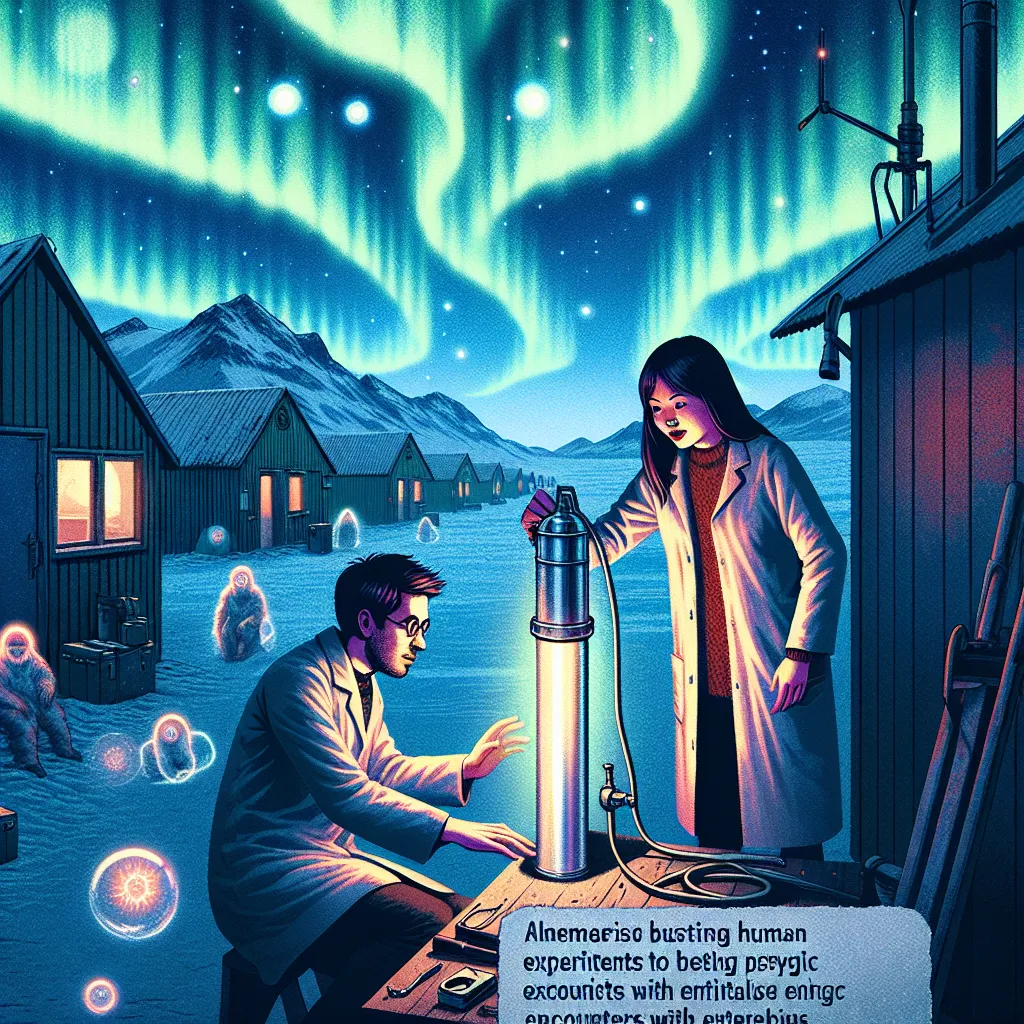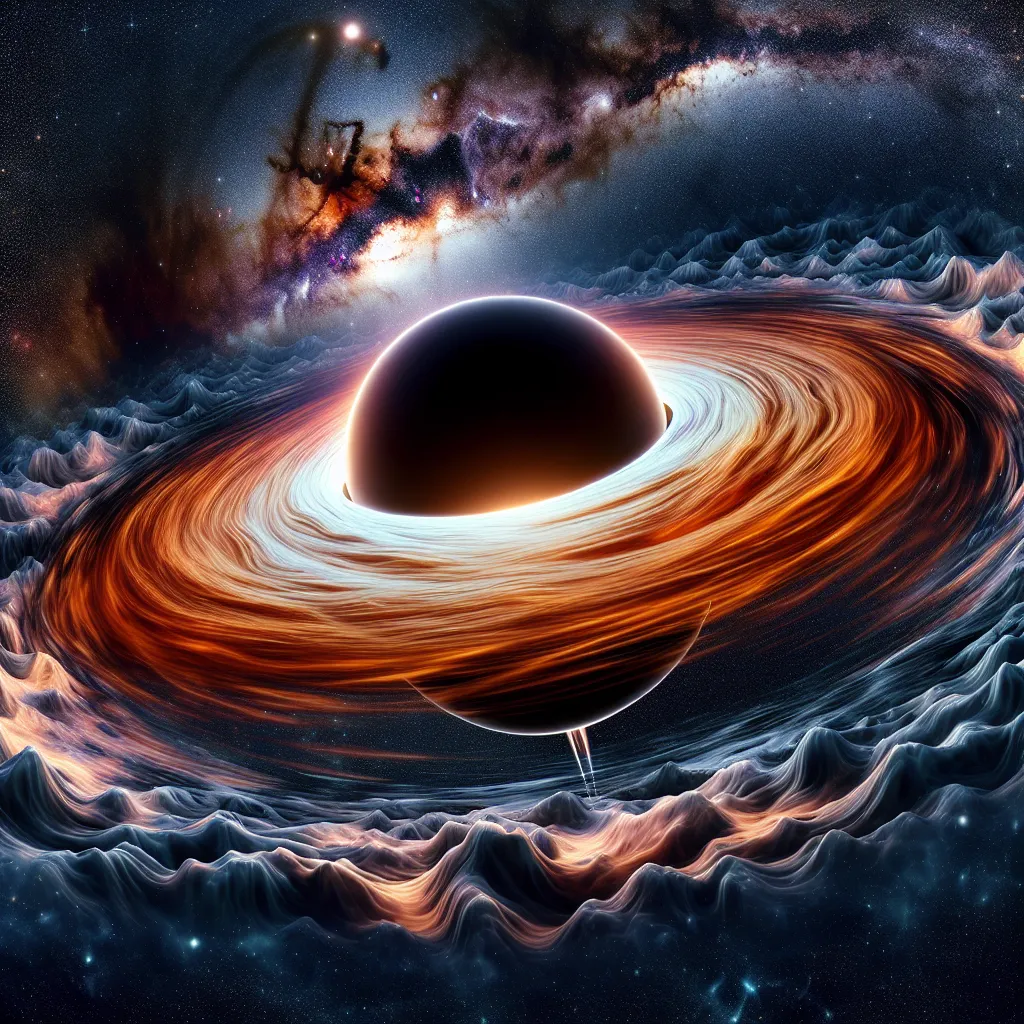In December 1990, two Russian scientists in a remote village above the Arctic Circle kicked off an audacious experiment. Their goal? To enhance human super perception or ESP. The device they built was a curious tube made from rolled aluminum with a chair inside. Once operational, strange things began happening around the village. Discs of light hovered around the lab, balls of energy appeared and disappeared, and the Northern Lights blazed so vividly they seemed almost tangible.
Approaching the device filled anyone with an unexplainable dread. It took quite some convincing before anyone dared to sit in the chair. When the first brave soul finally did, an unexpected flash of energy stunned everyone in the lab. The device worked a bit too well. Not only did it amplify psychic abilities, but it also allowed subjects to view any place in the world and eventually, any moment in time. These experiments supported a theory dating back to the 1950s: time as we know it doesn’t exist.
The scientists behind the study were Nikolai Kosarev and his colleagues. Kosarev wasn’t a household name, but his controversial theories in astrophysics indicated that stars emit what he called torsion fields, an idea if proven true might explain everything in the universe. Torsion, simply put, is the twisting of space-time itself.
Kosarev believed in a medium known as The Ether that fills the universe, interacting with matter and energy, and even with time itself. He argued that time isn’t a passive dimension but possesses energy and structure, capable of moving at different speeds and even reversing. He suggested that we only perceive time’s flow, but the past, present, and future all exist simultaneously.
To prove his theories, Kosarev built a spiral-shaped mirror that could twist time itself. The experiments conducted using these mirrors, known as the Kausrev Mirrors, indicated that human consciousness is connected to the Earth’s magnetic field. Participants, notably children from spiritual backgrounds, demonstrated immense success in psychic abilities, especially during periods of high solar activity.
These experiments also hinted at something otherworldly. The mirrors produced powerful bursts of energy and sightings of UFOs. Participants felt a presence with them inside the device, beings they referred to as “The Observers,” described as bright and humanoid. These entities were not always friendly and left many participants with an unsettling experience.
Kosarev believed that the effects of the mirrors extended far beyond these psychic abilities. He suggested that the time energy could be harnessed to predict natural disasters, improve human intelligence, and even slow down aging. Yet mainstream science remains skeptical, even though the CIA has shown significant interest and involvement in this research.
Despite the potential for misuse, the developers of the technology—Dr. Kaznachiev and Dr. Travmov—argue that the knowledge should be accessible to everyone to harness and understand the universe’s mysteries.
Whether or not you believe in the scientific validity of the Kausrev Mirrors, they pose compelling ideas about time and human potential. If there’s a chance that you could unlock those mysteries with some aluminum and a bit of courage, wouldn’t you be tempted to try?






